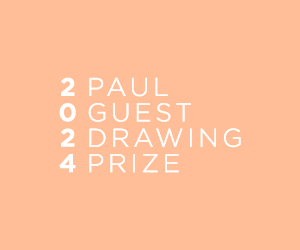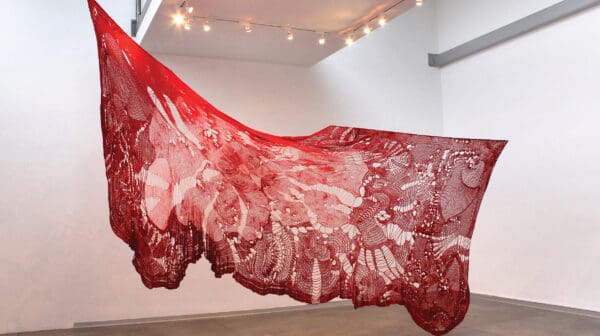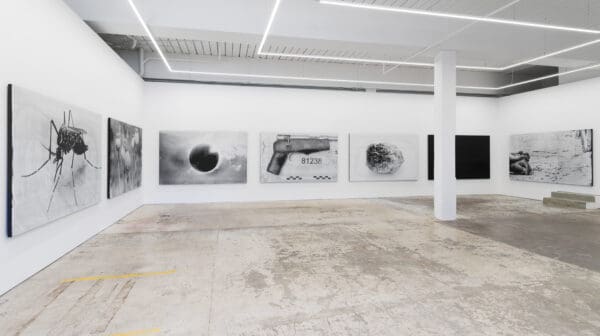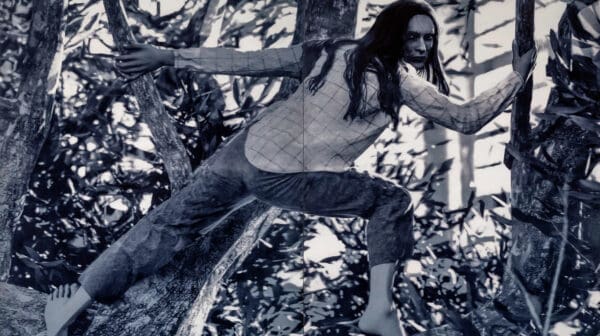In the art world, the act of refusing to serve a commercial interest without proper recompense is a noble stand against exploitation.
I have always believed that everyone has the right be paid fairly, and on time, and on principle I understand and support artists who just say no. On the other hand, the none-too-subtle message here is that the artist who is doing the refusing is also declaring their position in the hierarchy of the art world. It says that they are probably not commercially successful but have oodles of moral courage and are prepared to stand their ground against exploitation. Again, I salute those artists and their chutzpah, but I can’t quite shake the feeling that while they may gain prestige and respect from their peers they might also be throwing away perfectly legitimate opportunities as well.
The production and selling of art has, over the last couple of decades, attempted to keep pace and adapt to the web and social media as a way of doing business. Online exhibitions and auctions are remarkably common, and where collectors would once try to buy the work on the invitation that arrived via snail mail, they now have the opportunity to be tipped o to the best works even before the show has been opened by gallerists, dealers and art consultants with a good eye and a mailing list in the thousands, a chunky website complete with video and images, and social media accounts across all the platforms.
But in the face of all this innovation, the individual artwork, the actual physical object rather than its image on the web, has been quarantined by the one thing that has made virtually every other aspect of the creative industries almost bankrupt – the sheer proliferation of product. Writers, photographers, video producers and many others have seen their unit price plummet as demand grows. It’s a complete inversion of what you would imagine is sound commercial logic – as demand grows, so does unit price because tailor made products have to be fashioned bespoke for every client, and in the art world, the logic of scarcity remains.
For young emerging artists, the thought of giving something away for free is anathema to the notion of a conventional art career.
Yet we live in a world where social media profile can pave the way for a big pay off down the track. A painter I know has been asked by her US gallery to discontinue her Instagram account because they see the value in being the only source of the artist’s images. Other painters I know have managed to expand their audience, sell works internationally and even show overseas simply by having a photogenic practice and a social media account.
For an artist just starting out, how much are you really giving away when someone asks to put your work in a cafe? How much are you losing when you’re asked to take part in a branded exhibition? Indeed, what’s at stake when you post something to your website knowing it could end up on Pinterest? Between the ideal world of getting paid and having an old world art career, and the new reality of getting paid less for producing more, is the only virtuous position a virtuous refusal to not get paid at all?








